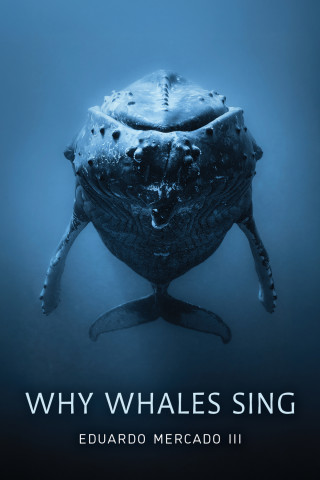
Reviews
Wayfinding Behavior: Cognitive Mapping and Other Spatial Processes incorporates cognitive, perceptual, neural and animal perspectives. The authors come from a variety of disciplinary backgrounds, yet the writing is accessible to a wide audience. The book represents an exciting and innovative addition to the cognitive mapping literature, and will be a standard reference for the next decade of cognitive map research.
Book Details
Preface
Acknowledgments
Part I: Human Cognitive Maps and Wayfinding
1. Human Wayfinding and Cognitive Maps
2. Spatial Abilities, Cognitive Maps, and Wayfinding: Bases for Individual Difference in Spatial
Preface
Acknowledgments
Part I: Human Cognitive Maps and Wayfinding
1. Human Wayfinding and Cognitive Maps
2. Spatial Abilities, Cognitive Maps, and Wayfinding: Bases for Individual Difference in Spatial Cognition and Behavior
3. Human Information Processing in Sequential Spatial Choice
4. Environmental Congnition and Decision Making in Urban Navigation
Part II: Perceptual and Cognitive Processing of Environmental Information
5. Human Navigation by Path Integration
6. A Neaurocognitive Approach to Human Navigation
7. Dynamic Spatial Orientation and the Coupling of Representation
Part III: Wayfinding and Cognitive Maps in Nonhuman Species
8. Dead Reckoning (Path Integration), Landmarks, and Representation of Space in a Comparative Perspective
9. On the Fine Structure of View-Based Navigation in Insects
10. Compass Orientation as a Basic Element in Avian Orientation and Navigation
11. Spatial Processing in Animals and Humans: The Organizing Function of Representations for Information Gathering
Part IV: The Naural and Computational Bases of Wayfinding and Cognitive Maps
12. Neural Mechanisms of Spatial Orientation and Wayfindings: An Overview
13. Dissociation bewteen Distance and Direction during Locomotor Navigation
14. Error Tolerance and Generalization in Cognitive Maps: Performance without Precision
References
Contributors
Index





